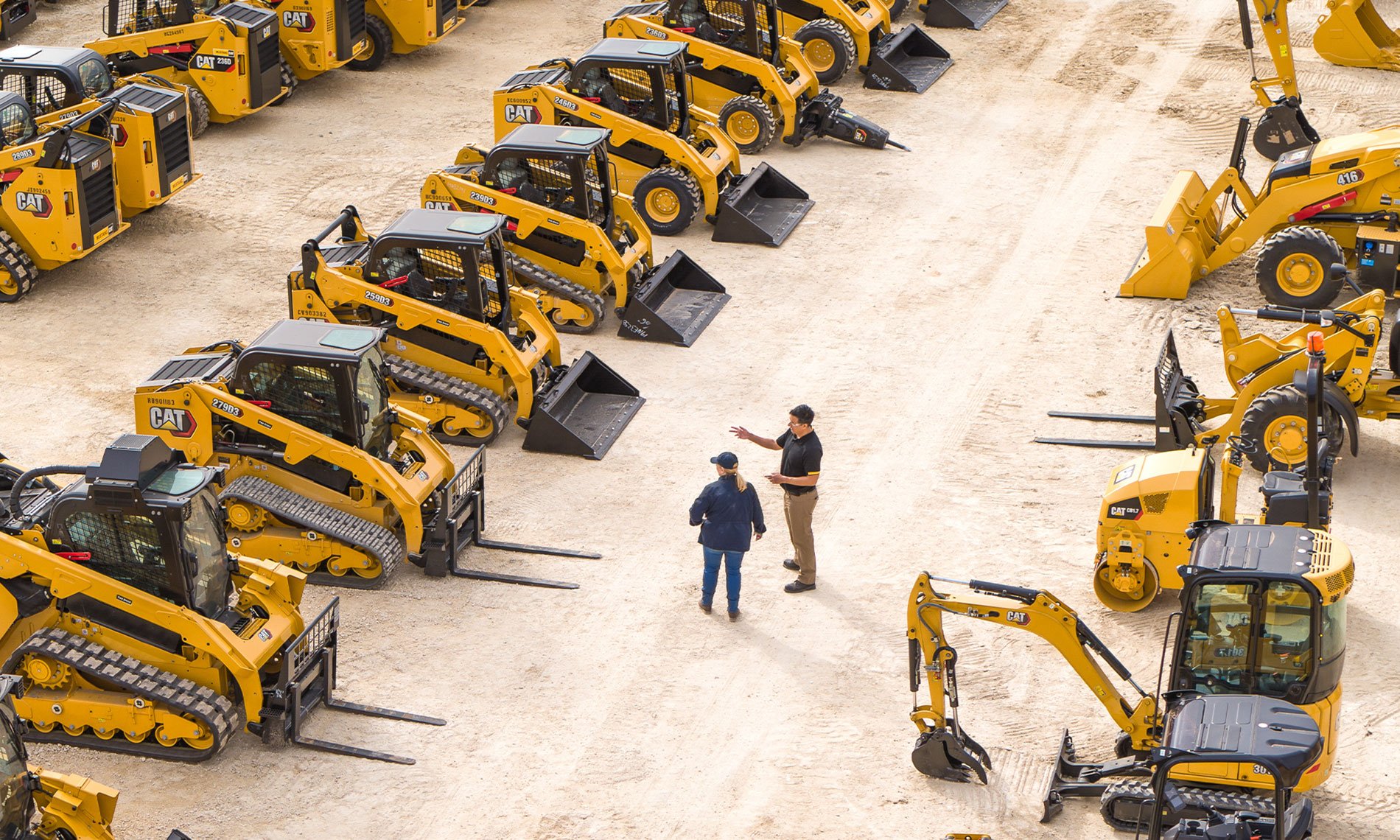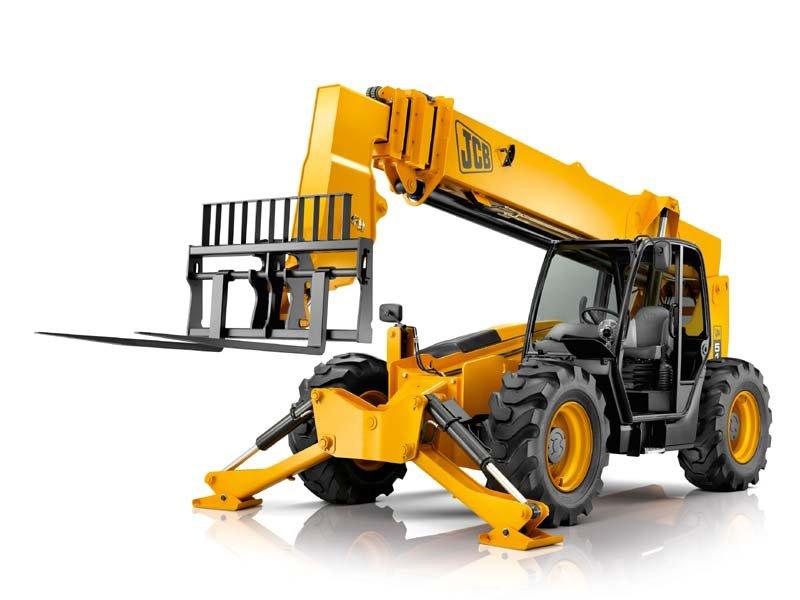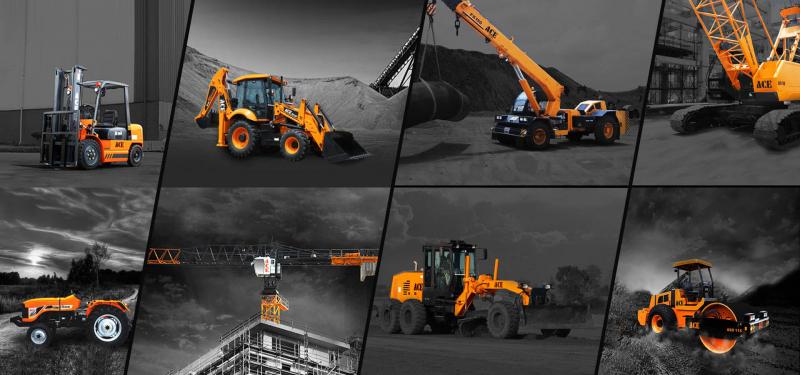Maximize Your Budget by Recognizing the Expenses Related To Construction Devices Leasings
Comprehending the complete scope of costs connected with construction devices rentals is essential for optimizing your spending plan. What strategies can be utilized to efficiently take care of these prices and ensure a more efficient rental experience?
Introduction of Rental Expenses
When considering building equipment services, comprehending the associated costs is vital for effective budgeting and task planning. Rental costs can differ substantially based on several factors, consisting of tools type, period of rental, and area. The first rental fee usually shows the equipment's market need and its linked functional capabilities, affecting the general expense.
In addition to the base rental price, supplementary expenses might arise, such as transport costs, fuel surcharges, and maintenance fees. It is essential to make up these added expenditures to precisely assess the total expense of renting equipment. The rental period can affect prices; longer rentals may certify for affordable rates, while temporary rentals could incur greater day-to-day costs.

Break Down of Rental Rates
A comprehensive understanding of rental prices is necessary for specialists and job managers intending to enhance their budget plans. Rental rates for building and construction equipment generally contain a number of parts, consisting of base prices, time-based costs, and use costs.
Base rates are the core fees connected with the service of the devices, often figured out by the type and dimension of the equipment. These rates can vary considerably, influenced by factors such as devices need, schedule, and local market patterns. Time-based charges, which might be daily, weekly, or monthly, offer to fit various job timelines and rental durations.
Furthermore, rental rates may include usage fees, which are applicable when devices is used beyond a specified threshold, ensuring that the rental business can account for wear and tear. Seasonal demand changes can additionally affect rental rates, with peak construction periods normally commanding higher prices.
Moreover, comprehending the rental company's policies concerning upkeep and insurance policy can give more understanding into the general price framework. By assessing these components, service providers can make informed decisions, making sure the choice of rental equipment lines up with both project requirements and budget plan restraints.
Additional Fees to Take Into Consideration
Comprehending the complexities of extra charges is important for specialists to handle their total rental costs successfully. Beyond the common rental prices, various supplemental costs can substantially impact the total price of tools leasing. These charges frequently consist of shipment and pickup charges, which can differ based upon range and logistics associated with delivering the devices to and from the job site.
Additionally, some rental companies may impose gas surcharges if the devices is returned with less gas than when leased. It is additionally important to understand prospective cleansing charges, especially for customized tools that requires thorough maintenance after usage.

Thoroughly examining the rental contract and clarifying these added charges ahead of time can help professionals stay clear of unanticipated expenses and guarantee that budgets remain undamaged throughout the task lifecycle.
Maintenance and Repair Expenditures
Regular upkeep and fixing expenditures are typically ignored factors that can substantially affect the overall cost of building devices services. When renting tools, it is crucial to consider not only the rental costs but additionally the potential prices related to maintaining the equipment in ideal operating condition.
Several rental firms include basic maintenance as part of the rental contract; nevertheless, more extensive fixings or unexpected breakdowns can bring about additional costs. It's necessary to examine the rental contract thoroughly to understand what upkeep solutions are covered and what responsibilities fall on the occupant.
Furthermore, tools that is not well-kept can bring about ineffectiveness on duty site, possibly enhancing and triggering delays job expenses. To mitigate these threats, it is advisable to conduct regular evaluations and keep open communication with the rental copyright pertaining to any type of problems that develop during use.
Insurance Policy and Obligation Costs
Insurance policy and responsibility costs are essential parts that can significantly influence the total expenditure of construction equipment rentals (mini excavator rental). These expenses make certain that both the rental firm and the customer are shielded from prospective monetary losses occurring from crashes, damages, or burglary throughout visite site the rental period

Additionally, clients must know any deductibles or exclusions in the insurance policy, as these can affect potential out-of-pocket expenses. Understanding the conditions of any insurance coverage is essential to prevent unforeseen expenses. Ultimately, budgeting for insurance and obligation expenditures can help make certain a smoother rental experience and protect versus monetary threats linked with building tasks.
Conclusion
To conclude, a comprehensive understanding of the costs connected with construction equipment services is important for effective spending plan administration. By examining rental rates, added fees, upkeep expenses, and insurance policy organizations, needs and people can minimize unanticipated expenses. This tactical approach not only boosts cost-effectiveness however likewise makes certain that tasks advance smoothly and effectively. Eventually, notified decision-making pertaining to tools services adds to the total success of building and construction ventures.
Rental costs can vary considerably based on numerous aspects, including tools kind, duration of rental, and area (forklift rental). The rental period can impact prices; longer rentals may certify for reduced prices, while short-term leasings could incur greater daily fees
By performing complete research try this website and engaging with trusted rental business, service providers can efficiently browse the complexities of rental prices, inevitably maximizing their monetary sources.
Past the basic rental prices, numerous additional fees can dramatically impact the overall expense of tools service. Rental investigate this site companies typically give liability insurance coverage that covers injuries to 3rd events or damages to building, while tools damage insurance can cover the expense of repair services or substitute if the rented tools is damaged.